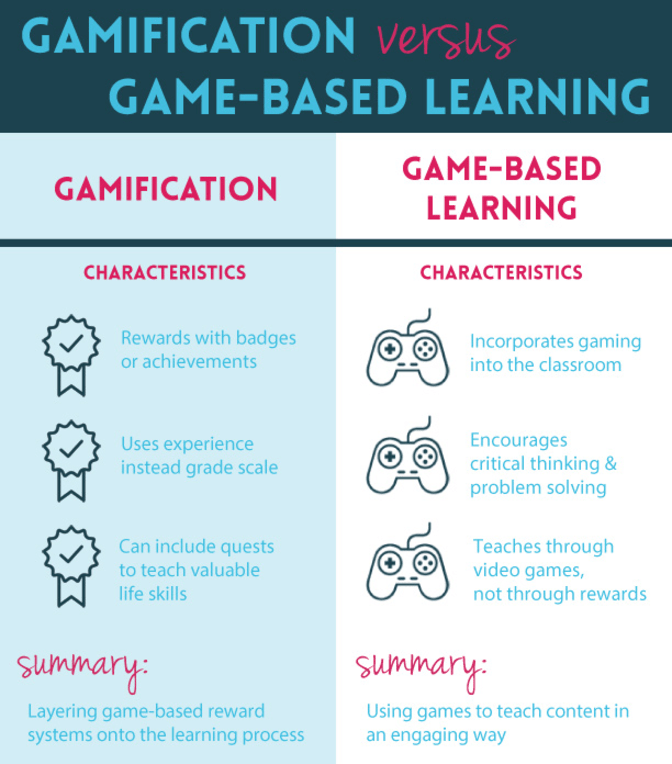It’s no secret that classrooms are undergoing significant changes in the ways they deliver education. As e-learning grows in popularity, students both in PreK-12 classes and colleges have a whole new world of learning opportunities at their disposal.
Today, educators are finding new ways to engage students and hold their attention. Through e-learning, the use of technology to augment the classroom experience, you can give students more opportunities to learn in more ways.
But where should you start? Let’s survey a few major trends. Here’s a look at five e-learning trends — with plenty of helpful links — that you should know about.
Learning Management Systems
One way to engage both students and teachers in e-learning is through learning management systems. Learning management system (LMS) software can provide your students with educational materials accessible anytime and anywhere using their own devices. LMS software can help you create an online course based on the curriculum that you’ll deliver in the classroom.
With LMS software, not only can you deliver content, but you can also track students’ progress. Your students can share their completed assignments, and you can share grades on the platform.
These systems come with several challenges, but if set up well, they can offer concrete benefits. Considering getting started with an LMS or switching to a new one? Check out these 12 criteria to consider.
Gamification
Learning is always more interesting and engaging when it’s fun. And what better way to make learning fun than to enhance it with games? In practice, this means applying game-like elements in non-game contexts, which includes point scoring, levels, badges, and learning paths.
Finding ways to gamify learning isn’t all about fun, but is about enabling students to interact with their learning materials in a way that increases their interest and engagement level. Tools like BreakoutEDU can help students (and educators) work collaboratively, think creatively, and retain knowledge.
Are you ready to get started? Take a look at GooseChase, an easy way to gamify your lessons.
Adaptive Learning
Adaptive learning may still have a long way to go to be fully implemented in classrooms, but it is finding its way in. This style of learning is focused on personalizing learning paths for each student, helping them learn at their own pace and in their own style. These technologies can also help campuses and districts build future-ready ways of teaching.
If you utilize LMS software, for instance, and see a clear picture of each student’s learning style, needs, and preferences, you’ll be able to adapt learning to meet all those needs. Note-taking tools like Microsoft OneNote also offer possibilities for adaptive learning. This personalized method can be effective, which is why we’re likely to see its continued adoption in the coming years.
Video Learning
Traditional classrooms are most effective for auditory learners, as standard lectures and note taking are focused around listening. With developments in e-learning, however, this doesn’t always have to be the case. Online learning brings all types of videos to education, and video-based learning is entering physical classrooms as well. Educators are giving video-based lectures or explainers, and providing students with instructional videos to study outside of the classroom. Even social media usage for schools, libraries, or classrooms — or in student projects — can be enhanced through video.
This trend can go hand in hand with microlearning, where you can use short, bite-sized video formats to help students easily digest the learning material. And yes — you can download YouTube videos! Find out how in this post. Explore more options in our “Simple Video Tricks” post.
Virtual and Augmented Reality
While much discussed, virtual and augmented reality (VR and AR) are still far from being fully implemented. But they are being increasingly used, especially in places like medical schools and aviation academies.
With VR and AR in the classroom, students can engage in a hands-on educational approach and fully immerse in their subject matter. They can explore the VR and AR interface, interact with graphical overlays, and explore 360-degree videos and real-life simulations. Students can gain knowledge and skills like never before, and better prepare for real-world applications of that knowledge. Searching for good examples? Check out how Cleburne ISD is using VR tech here.
Kamy Anderson is an ed tech enthusiast with a passion for writing on emerging technologies in the areas of corporate training and education. He is an expert in learning management systems and e-learning tools, currently associated with ProProfs Training Maker.
Photo by John Schnobrich on Unsplash





